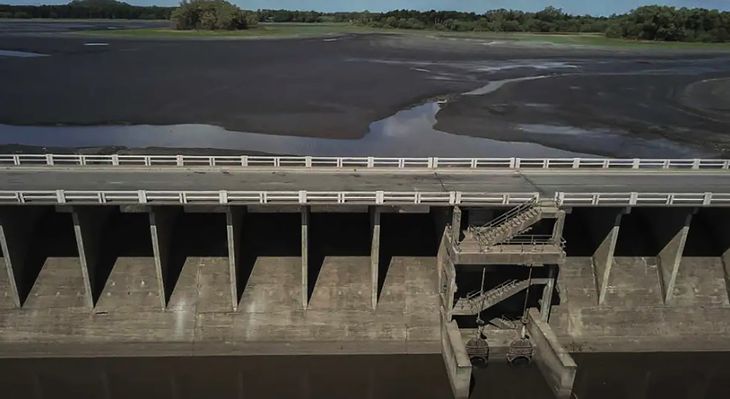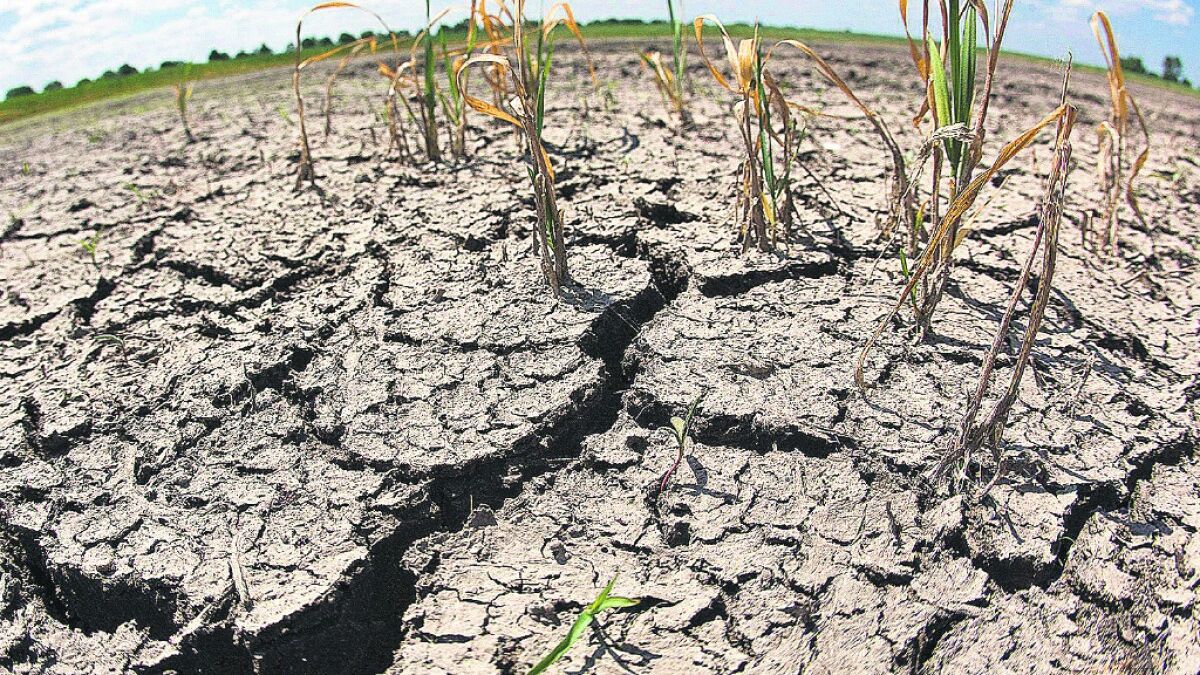Uruguay is going through a drought history, the worst in 100 years, which forced the government to declare two emergencies in less than a year, initially, an agricultural one to alleviate the effects of the water deficit about the main motor of the national economy and, a few days ago, a water problem that mainly affects Montevideo and the metropolitan area.
In mid-March, the American Oceanic and Atmospheric Agency (NOAA, for its acronym in English) had announced that the phenomenon of The girl –a climatic phenomenon that joined the drought and worsened the state of Uruguay– had ended and a neutral rainy phase would begin where rainfall would normalize. However, even at the end of June, rainfall is still very low, causing several areas of the country to have inconveniences for access to drinking water and that agriculture cannot recover the battered soils during the summer.
agricultural emergency
At the end of October last year the Ministry of Livestock, Agriculture and Fisheries (MGAP) declared an agricultural emergency due to a critical water deficit that had been affecting the fields, the main engine of the economy of Uruguay.
drought-crisis.jpg
The drought in Uruguay caused agriculture a loss of more than 1,800 million dollars.
In this sense, the impact on the soil is already beginning to be felt in the numbers of the country’s exports of goods, mainly in the area of beef and soybeans. As reported by Uruguay XXI, the exports of goods from Uruguay had a strong year-on-year decline in the month of May, with a drop in 31% compared to the same month last year and reaching a cumulative 14% so far this year.
On the other hand, the drought caused agriculture a loss of 1.8 billion dollars, becoming the worst accident in the history of the State Insurance Bank that it will have to pay, according to the data updated to March and that it will have a new update in June, 95 million dollars.
water emergency
Since March, Uruguay lives in fear of running out of drinking water due to the water deficit. This caused the government to take desperate measures in the face of a situation that worsened, mainly in the metropolitan area and the municipality of Montevideo.
At the end of April, the board of the National Administration of State Sanitary Works (OSE) had decided to increase the salinity levels in the water with the aim of making the reserves, increasingly scarce, last longer. In this sense, at the beginning of May, the Ministry of Public Health (MSP) authorized a new increase in the measures, which they went to 400 mg/L sodium and 700 mg/L chloride in the water.
Water Crisis Dam Dam Drought

Photo: AFP
On the other hand, the reserves of Paso Severino, the main basin that feeds the metropolitan area of the country, are in the 4.4% of normal flow. Through Presidential Communication, the reserve of the Paso Severino dam was in 2,887,394 cubic meters, when the normal flow is 65 million cubic meters. This would cause, in the event that sufficient rains do not appear, that Montevideo would run out of drinking water in less than a week.
In this context, on Monday President Luis Lacalle Pou announced a water emergency for Montevideo and the metropolitan area. The water emergency contains measures such as the study by the Ministry of Public Health (MSP) that will analyze how far it is possible to raise the sodium and chloride levels in drinking water to guarantee supply. On the other hand, this Wednesday the tax exemption for bottled water will be voted in Parliament and the supply will be extended free two liters of water per day for beneficiaries of the Ministry of Social Development (Mides).
Source: Ambito




